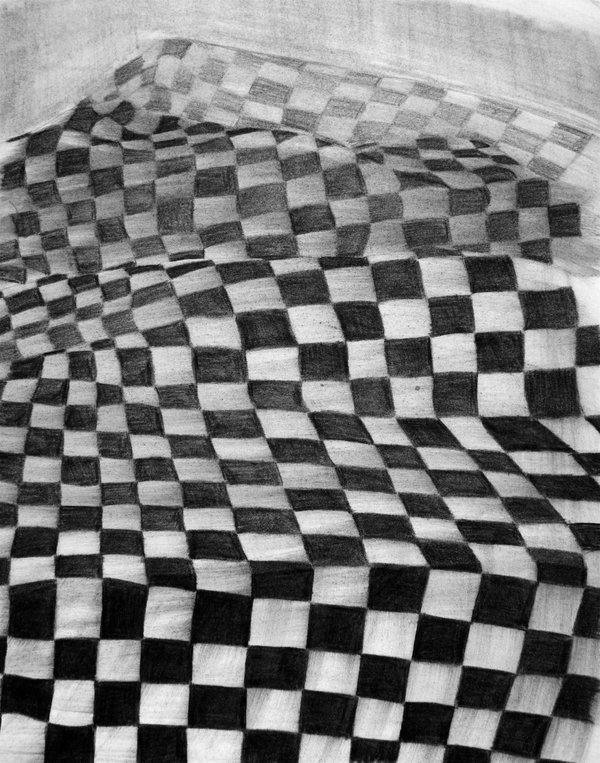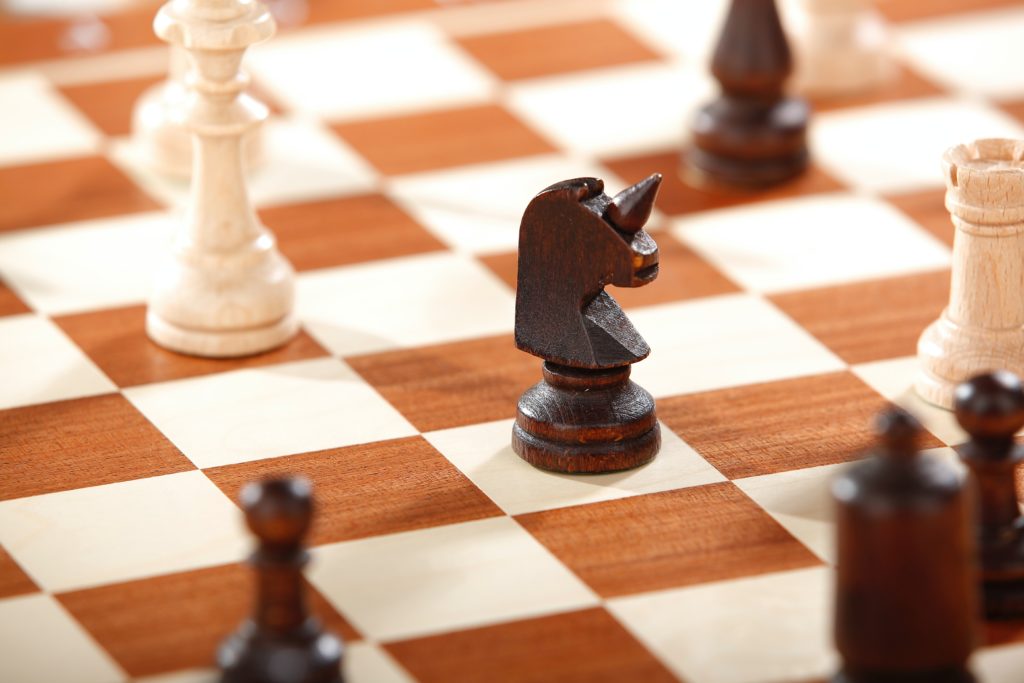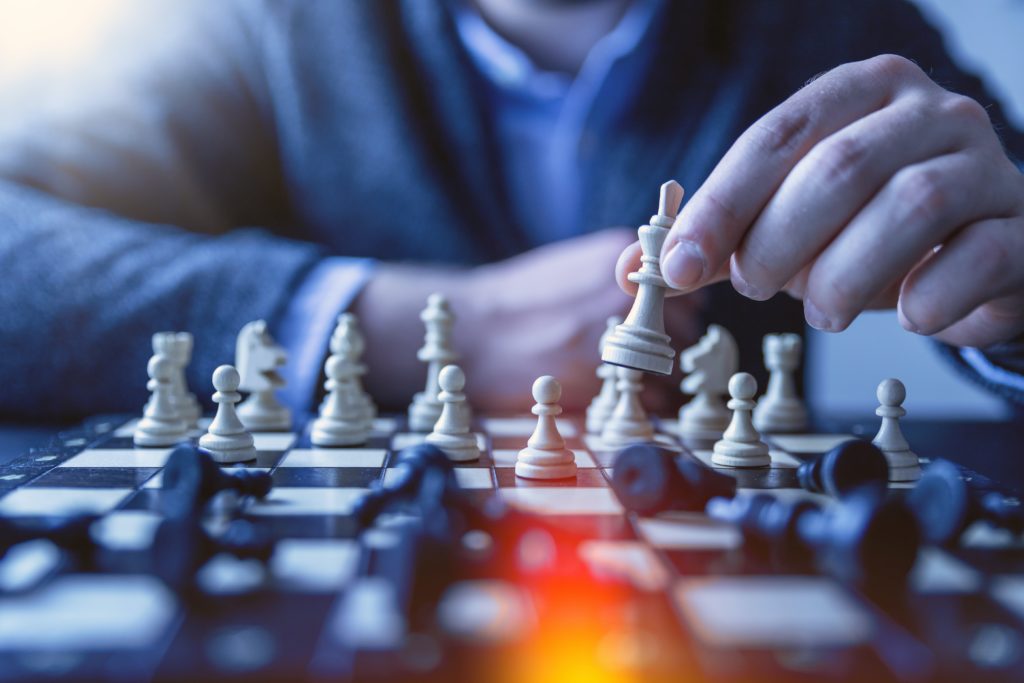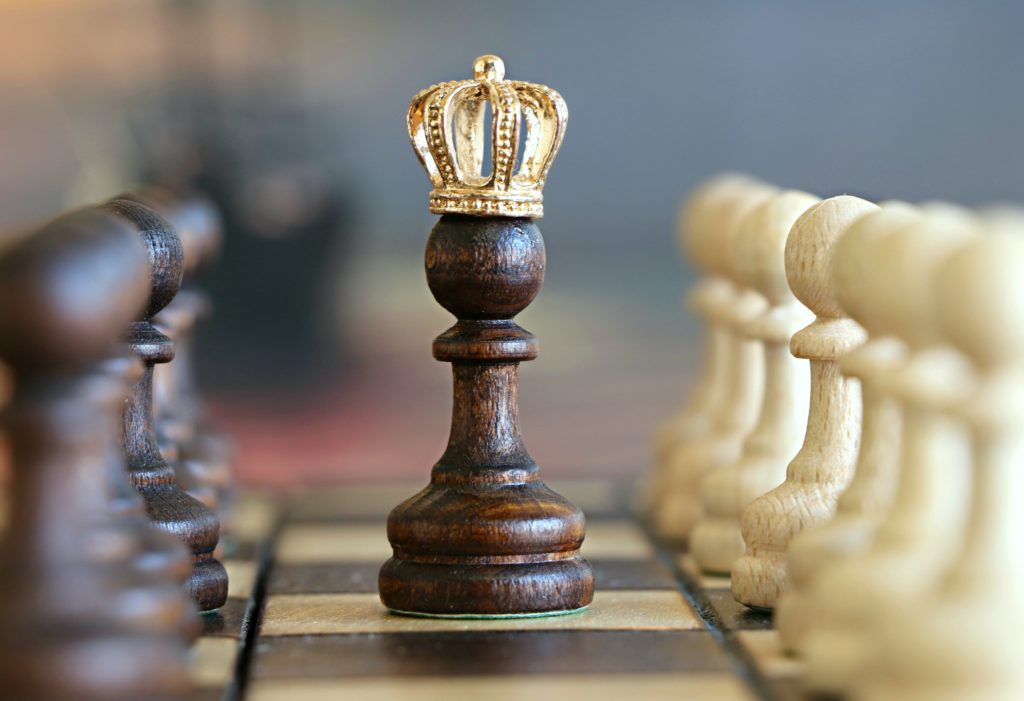In the words of Robert Frost: “The road not taken is often the road to hell”. But for chess, the road not taken is often the road to victory…
What Is Chess And Why Is It Important?
If you’ve ever heard the term ‘chess’ you may be familiar with the game, yet not know much about it. Chess is a strategy game where two players take turns moving pieces on a board. The pieces represent a kingdom’s military and nobles, while the goal is to capture the opponent’s pieces, removing them from the board each time you do so, and ultimately trap the opponent’s king. Check Mate, they call it.
Chess boasts quite the chequered past through the years since first introduced, more than 1500 years ago. Nonetheless, over the centuries it has gone on to become one of the most appreciated and respected strategy games in the world.

Learning to play chess as a child reaps many benefits: it opens young minds to the psychology of strategy and game theory, as well as giving them a deep understanding of planning, action and consequence. Of course, we are never too old to learn, and so chess finds itself as a favoured pastime, taken up later in life by many. If you are new to the game or need a refresh, watch this beginner’s guide video which explains the different pieces and how the game plays out.
Easy to learn, hard to master, they say: If you are keen to learn chess properly or to play at a higher level, knowing how to play is not enough. You must learn how to win at chess.
How To Win At Chess?
As obvious as it might sound, failing to learn how to win at chess, is the most common cause of chess players losing at chess. This is because winning requires using strategy: spotting patterns, moving pieces into certain positions, countering your opponents’ moves and intentions and, in the end, controlling the board. In other words, you must learn how to read the game.
There are many aspects to consider in each game – let’s get started:
- You need to have a plan but must be ready to respond to opponents’ moves.
- A good plan of attack will need you to think several moves ahead and may require you to take paths that look counter-productive.
- Knowing the difference between the opening, the middlegame and the endgame is essential.
You must also take into account the difference between strategy and tactics. Most people think they are one and the same – but they’re not! Strategy is an overall approach whereas tactics are smaller actions that make up parts of each strategy. Think of strategy as the long-term ‘big picture’ and tactics as the short-term steps used. Without a strategy, tactics are meaningless. Without tactics, you have no strategy!
As mentioned above, chess is usually divided into three phases with different sets of strategies needed for each:
1. The Opening
This takes place over the first 10 to 20 moves or so, when players move their pieces to useful positions for the coming battle: the middlegame and endgame. Opening theory is concerned with developing your pieces and finding the best moves in the initial phase of the game. A harmonious developing of the pieces in this phase of the game will lead to good opportunities for you further on. There are dozens of different openings, and hundreds of variants. The Oxford Companion to Chess lists 1,327 named openings and variants! Quite a way to start.
2. The Middlegame

This is usually divided between chess tactics and chess strategy. The strategy concentrates on setting and achieving long-term positioning advantages during the game – for example, where to place and hold different pieces. Tactics, on the other hand,
concerns immediate moves – with a view to gaining the positional advantage intended. Here we see the relationship epitomised, as the two aspects of the gameplay cannot be completely separated: strategic goals are mostly achieved through tactics, while the tactical opportunities are based on the previous strategy of play. From here and into the endgame, when most of the pieces are getting devoured, kings typically take a more active part in the struggle, and pawn promotion is often decisive.
3. The Endgame
This is usually a very tense affair, concerned with positions when there are only a few pieces left. These situations are labelled according to which pieces have survived to the bitter end of the battle, with ‘King and pawn endings’ or ‘Rook versus a minor piece’ being common scenarios. The line between middlegame and endgame is often not clear and may occur gradually or with the quick exchange of a few pairs of pieces. The endgame, however, tends to have different characteristics from the middlegame. As mentioned before, pawns become more important as endgames often revolve around players attempting to promote a pawn by advancing it to the opponents end of the board.
There are also psychological aspects of the game. These are very important, especially when considering what to do when you’re playing against a better player. We all have bad days, and some days it seems like you’re just going to lose every game. Sometimes you have days where you can play the best chess you’ve ever played, and yet you still lose.
But you shouldn’t feel bad about it.
Losing should be used as a tool for improvement because, as with everything else, we should and can learn a lot from our mistakes. When you play against a stronger opponent and lose, you will naturally feel frustrated. The positive to take from this is that you’re probably making the same mistakes that you make against weaker opponents. This is what is being exploited by stronger opponents, which means you can find them and fix them.
How Do You Get Better At Chess?
By all means practice always makes perfect- or gets closer to it at least. Additionally, you can improve by analysing your games, rethinking moves and by studying different known strategies. Another good idea is to follow games and techniques of great players, including the World Chess Champion, Magnus Carlsen. Furthermore, you can make use of YouTube videos and chess apps which now come with excellent tutorials and simulations. You have the chance to play and repeat scenarios until you figure out set patterns that work in certain situations.
Obviously, that all takes time… To get started and see improvement straight away, here are five tips to boost your game:
1. Protect your king.
When checked, you will most likely be forced into making a move you weren’t planning on making.
2. Advance your pieces.
Every move you make should be aimed at placing a piece into a better attacking position. If you attack, attack, attack, your opponent is forced to defend, defend, defend.
3. Own the centre.
If you can place some pieces into the centre of the board, and defend them with other pieces, this effectively gives you control of the centre. Your opponent will be limited to advancing down the sides, thus limiting the effectiveness of any attacking piece.
4. Sacrifice if required.
This sounds counter intuitive, but it may be of strategic advantage to relinquish a piece to bring an opponent’s piece out into the open.
5. Don’t lose tempo.
Tempo is a term that originated from Italy, meaning time. A tempo in chess refers to a turn and turns can be won or lost. How is that, you may ask? Very simple! Remember that in the opening of the game, both players try to develop their pieces as harmoniously as possible? Well, if a player is forced to make a retreat of a piece, it means that he lost a tempo. Basically, it’s like he never performed that particular move so, he lost a move – a tempo. Think of it as the equivalent of an opponent getting two moves for the price of one.
Let’s Talk More About Tactics
Although tactics sometimes can be very complicated, there is good news! Tactics consist of basic elements that can be learned like a language or mathematics. These basic elements can be systematically analysed; therefore, everybody should be able to understand tactics and use them successfully.
It also helps to understand pieces better and how they fit into each phase of the game. Pawns, for example, may seem weak and expendable, but they are arguably the most important pieces on the board. Good use and positioning of pawns can lead to great advantages later in the game.

Indeed, the best players are those who manoeuvre their pieces into the best positions and combinations to achieve their goals. In chess a combination is a sequence of moves (often initiated by a sacrifice) which leaves the opponent few options and results in tangible gain. As chess World Champion Steinitz once pointed out: “Combinations are not coincidences or strokes of genius but the results of concrete positions.” Get to grips with mastering your combinations and you’ll be able to control the chequered battlefield in no time.
The endgame is the most difficult part of the game, with many games ending up in a draw. A huge part of becoming a chess master is being able to find the best moves in endgame situations. Without a doubt, sound strategies and tactics in the opening and middlegame improve your chance for a victorious endgame.
Check Your Opponent’s Game
Predicting an opponent’s game and moves is not the easiest thing in the world. Even so, you can make your game better by trying to view the game from their perspective. Jump into their shoes and analyse what you would do in their position(s). One good way to do this is by addressing what Dan Heisman calls ‘Hope Chess’ versus ‘Real Chess’. This, in a nutshell, follows:
- Look at all your opponent’s checks, captures, threats (forcing moves) after finding a move you want to make.
- Make sure you can sufficiently deal with those by playing your move: that is, you won’t end up in a worse position by making the move. Once you are sure you can, play the move you wanted.
- Most importantly repeat steps 1 and 2 on every move, not just 4-5 times out of 10 or when you feel this might be an important position.
Doing steps 1 and 2 takes less than a minute for 99% of the positions you’ll face because there aren’t that many forcing (check/capture/threat) moves per position to watch for. So, the next time you see 10-15 opponent moves in a position, don’t freak out… just look for the forcing ones and make sure you can deal with them upon playing your chosen move. You’ll probably narrow the list down to 2-4 and you can confidently play on after you know your move is safe.
Congratulations. You can now play Real Chess.
The Psychology Of Chess
Ever since the famous opening line “White to play” was first uttered, the importance of psychological preparation for chess games has never been overstated. The most common issues usually involve the difficulty a player might have when handling defeat or making mistakes while a game is in progress.
Equally important is to remember that solid plans (strategies) with some preloaded move-sets (tactics) will serve you well, however, you may need to adapt if your opponent scuppers your plans. Take each game as a learning experience – win or lose – and try to analyse what you could have done better in both cases. For further inspiration, have a look at how some of the best players in the world deal with defeat.
Your Next Move

If you or your child would like to try a chess class, we have 1-2-1 lessons as well as an online club at Chess.com. Here you are invited to pit your wits against other opponents in the club – students and teachers. Why not download our free Chess 101 guide, which is perfect for younger players in need of a kick-start. If you would like to try out a session online, you can always get in touch and arrange a class to suit you. We look forward to seeing you jump on board!






